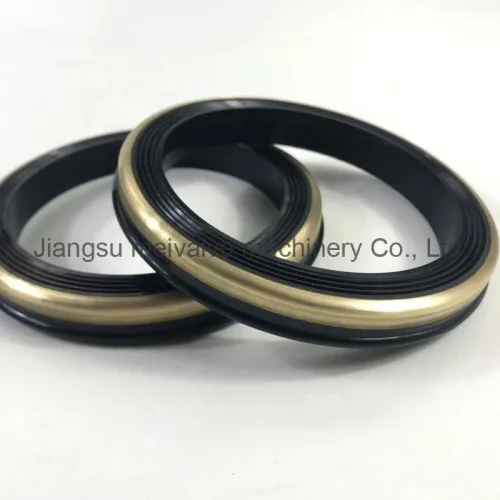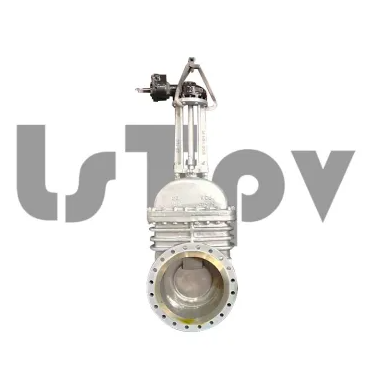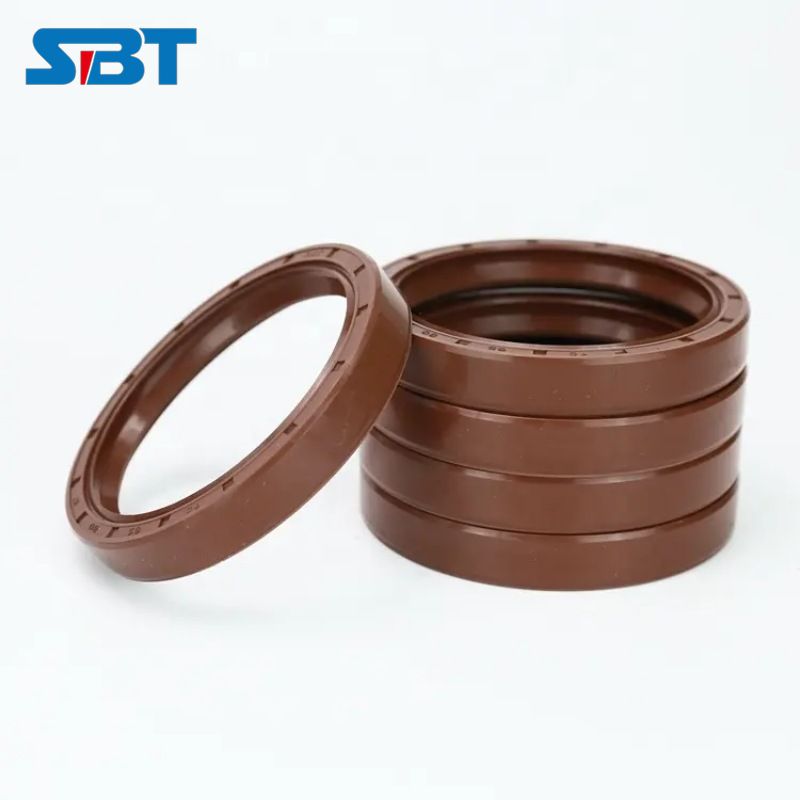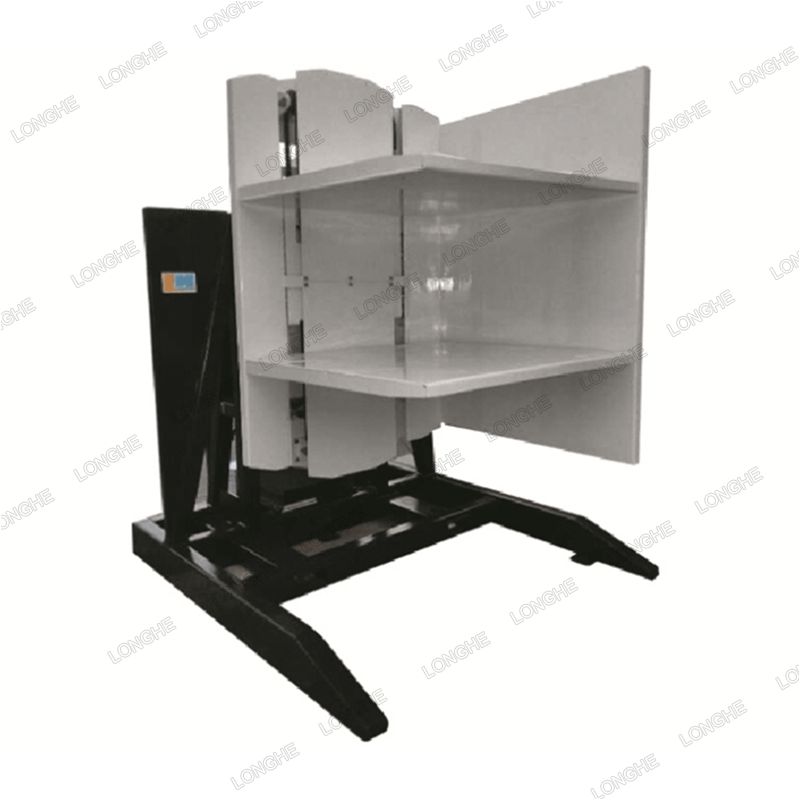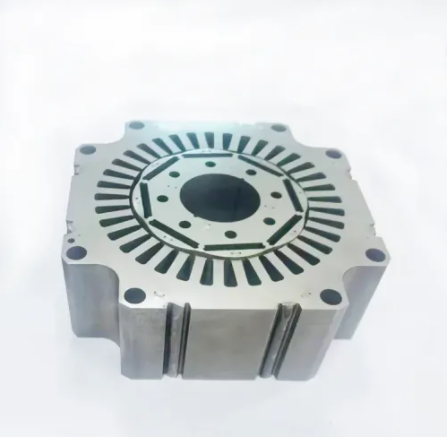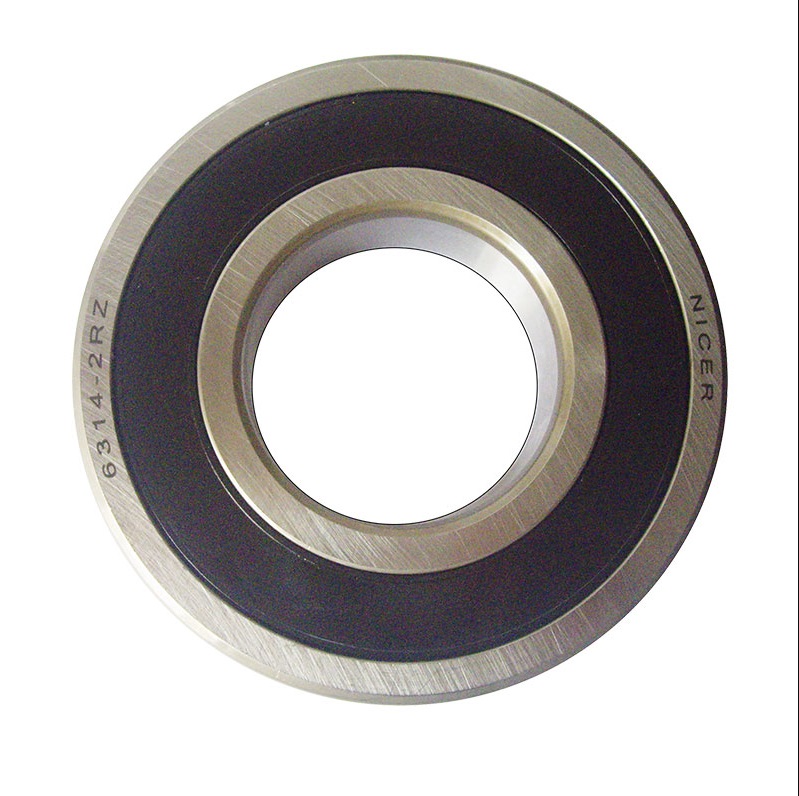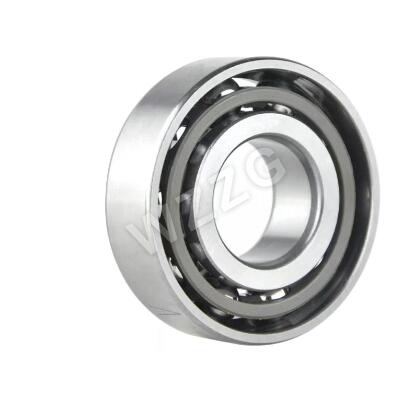How Does a Water Well Drilling Rig Work?
How Does A Well Drilling Rig Work?
A well drilling rig is a large piece of equipment that must be brought to a site by truck and put into place on the site where the well is to be dug. Drilling rigs are either rotary drillers, which bore down into the earth using a circular motion or a “pounder,” which raises and lower a heavy weight in a technique known as "cable drilling" to punch holes. A rotary drill rig uses an assortment of bits. The most common types are long cable bits or interlocking steel bits – both which rotate in a clockwise direction to bore into the earth and loosen the soil. Rock is carried to the surface as the bit turns. The turning bit often gets hot, so water or mud is used to keep the drilling bits cool.
The goal of well drilling is to reach an aquifer or water source deep below the ground, but that’s not where the drilling stops. To ensure the well will have ample supply and a long life, the well drilling company will continue to drill below the water table. Bedrock wells are usually between 100 and 500 feet but in some cases can be more than 500-feet-deep.
INSTALLING WELL CASINGS
Casings are long pipes made of steel or plastic which line the new well to prevent collapse during drilling and contamination of the water below. Between the well wall and the casing is a two-inch gap called the annulus. This is filled with gravel and capped with cement for the last twenty feet to the surface to prevent contaminants from the surface getting into the well and ruining the water source supplying it. Casings also help protect the well from freezing in extreme cold during the winter months.
While some well drilling companies install the casing as it drills, others might also install the piping separately after the drilling is complete.
Explore more:Weir Type Diaphragm Valve: A Reliable Solution for Flow Control
Plug Valves: Versatile Flow Control Solutions
High-Pressure Quick Connect Nozzle Spray Gun: The Ultimate Tool for Efficient Cleaning
The Advantages of Overhead Conveyor Bearings in Industrial Automation
Choosing the Right Activated Carbon Filter for Your Needs
Drum Gear Coupling: The Backbone of Efficient Power Transmission
Mud Desander: Enhancing Drilling Fluid Management in Oil and Gas Operations
KEEPING THE WATER SOURCE CLEAN
To prevent debris and other surface contaminants from getting into the water supply at the bottom of the well, filters must be installed. These filters also prevent larger particles from being drawn into the water pump. Once drilling is complete, a screen is placed at the bottom of the well casing. Gravel, a natural filtration medium, is also used at the bottom of the well.
EXPERIENCE AND TECHNOLOGY
Hundreds of years ago, well drilling meant digging deep into the ground with shovels and buckets until you hit ground water. Today there are a number of techniques and methods well drilling contractors can employ to ensure homeowners have a reliable source of water for many years.
If you have questions about drilling new wells, call JCDRILL today.
Explore more:Centrifugal Pumps: Harnessing the Power of Fluid Dynamics
What is a waste heat recovery boiler and how does it work?
Steel Braided Hydraulic Hose: The Strong and Reliable Solution
Factors to Consider Before Choosing an Overhead Block Clamp
Can a 40ft expandable container house be customized?
Equal Tee: A Comprehensive Guide to Fittings in Plumbing Systems
Anti Corrosive Primer: Protecting Metal Surfaces From Corrosion



